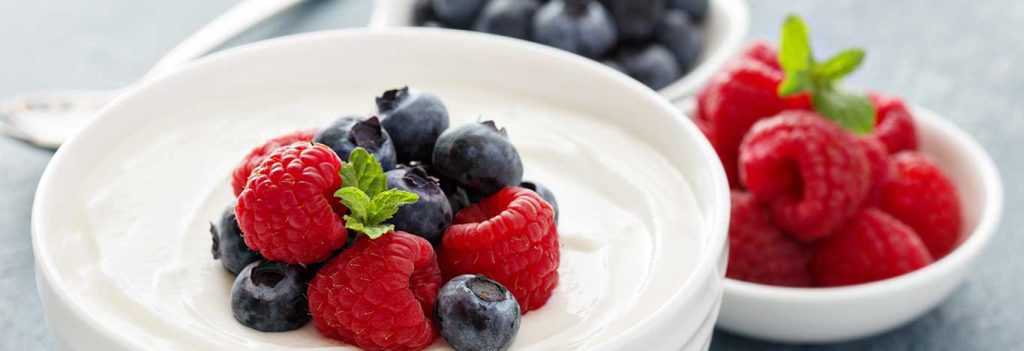Grow your own greengrocer
Growing your own fruit, vegetables and herbs is economical, the produce is fresher and it’s rewarding to feast on homegrown goods.
When space is limited it is still possible to grow produce in pots or raised beds. Plus, it not only provides flexibility in smaller spaces and portability for those renting, but it offers the bonus of being higher and easier to tend to.
Getting started with growing your own produce
Fill the pot or planter with good quality potting mix and add about one third compost to improve the water holding capacity of the soil, then simply plant and be sure to mulch.
Raised beds and pots can dry out more rapidly than in ground beds and often require daily watering in warmer weather.
They also require more regular feeding so use soluble organic fertilisers fortnightly or pelletised organic fertilisers every month or two.
Here are six suggestions for beds and large pots that are quick to plant and most importantly feature produce that’s great to eat.
Salad bowl
The main variety in a salad pot is lettuce and in particular the repeat harvest lettuces such as the ‘Combo’ mix. These can be harvested whole or by picking individual leaves as required. Other salad plants are rocket, spring onions or chives, and miniature tomatoes over the warmer months.
Stir fry plot
Bok choy and Asian greens are great value crops and can be combined with a few spring onions, coriander and a chilli plant in the warmer weather.
Soup bowl
One or two plants of silverbeet, rainbow chard, or kale can be enough for a small household and can be combined with carrots if the beds or pots are at least 30cm deep to allow the roots to develop properly. Similarly, beetroot grows well in a large pot with the added benefit of the foliage being used in salads.
Garnish pot
Parsley and rocket continue to grow for a couple of years, however coriander is best sown regularly to guarantee a fresh supply. Chives are useful to add onion flavouring, while garlic chives can be a substitute for garlic.
Herb pot
Being able to pick the right amount of herb when you need it saves wastage and money. Choose your favourite herbs for cooking grouping them together according to cuisine. For example, Mediterranean herbs like rosemary, thyme, oregano or marjoram and sage, or Asian herbs like laksa, coriander, garlic chives and chilli. Plant taller plants in the middle, and lower growing or creeping herbs near the edge. Mints should be kept in their own pot.
Fruit trees
The minimum pot size of 50cm diameter allows you to grow compact or dwarf fruit tree varieties successfully. However, if space permits choose larger pots with a diameter of 70cm and then with appropriate pruning and management you can grow most full-sized varieties (apart from large nut trees such as a walnut).
Most citrus respond well to container growing. Plus, they’re highly ornamental as well as productive, with glossy green leaves and colourful fruit. Popular varieties include the ‘Meyer’ lemon, ‘Washington Navel’ orange, ‘Japanese Seedless’ mandarin, ‘West Indian’ and ‘Tahitian’ limes, and cumquats.
Good Lives Magazine Competition
Go into the draw to WIN a $100 Mitre 10 voucher simply by sharing your top advice for growing fruit, vegetables, or herbs at home.
Email your entry by 5pm 12 December 2022 by emailing [email protected] or posting to Good Lives Magazine, PO Box 646, Torrensville Plaza, Torrensville SA 5031. Winner will be notified on 19 December 2022.





